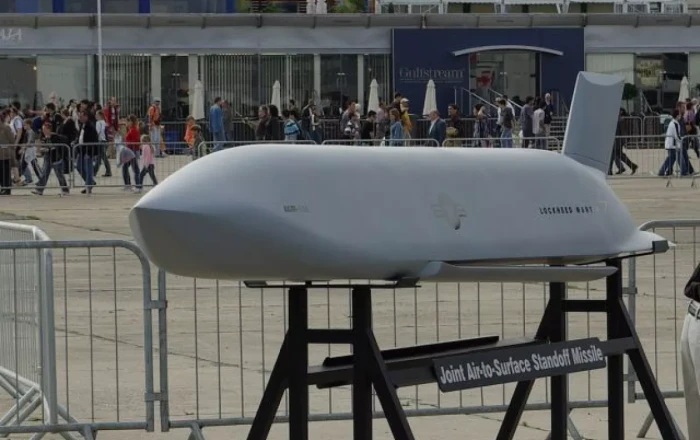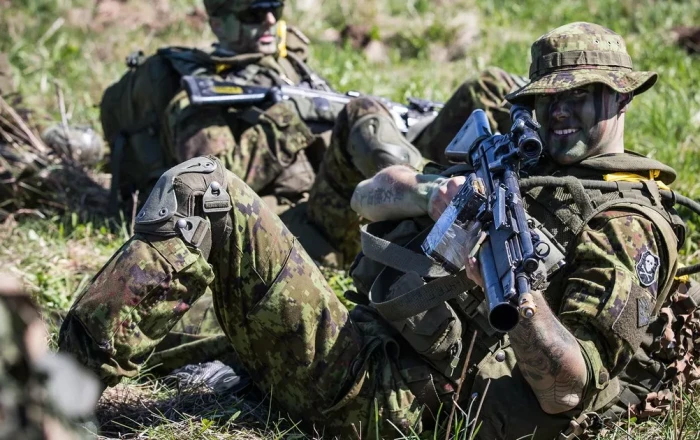Despite India’s deployment of modern Rafale aircraft, the Pakistan Air Force (PAF) successfully repelled India’s attempt to advance towards Pakistan in late April, demonstrating the military's preparedness and technological superiority in the region.
Since the Pahalgam incident, India has sought to provoke Pakistan through aggressive actions near the border. However, Pakistan has consistently exercised restraint, while effectively countering any hostile moves with swift defensive measures. On the night of April 29 to 30, the Pakistan Air Force once again foiled India’s efforts, forcing four Rafale aircraft to retreat before they could breach Pakistan’s airspace, Caliber.Az reports via Pakistani media.
Sources revealed that the Indian aircraft, equipped with modern Spice 2000 air-to-ground missiles, took off from the Ambala air base in Haryana and approached Pakistani airspace at a ground speed of 1,200 kilometres per hour. The Indian aircraft came dangerously close to Pakistan’s border, but never crossed it. Nevertheless, their presence in the region was considered a provocative act, as the Rafales’ missiles could have been launched from Indian airspace, posing a significant threat to Pakistan.
The PAF’s air defence system, utilizing Electronic Warfare Assets, promptly jammed the Rafale aircraft’s onboard sensors, communication, and radar systems. As a result, the Indian planes lost contact with each other and with ground control. PAF's J-10C jets were also deployed to confront the Indian aircraft and prevent any further aggression. Faced with the jamming, the Indian aircraft were forced to make an emergency landing in Srinagar instead of returning to Ambala.
Notably, while the Rafale aircraft carried Spice 2000 missiles with a range of 200 km, the PAF’s J-10C jets were equipped with PL-15 missiles capable of beyond-visual-range engagements at 230 km. This provided Pakistan with the capability to target the Indian aircraft while remaining within its own territory.
The successful operation mirrors the 2019 confrontation between India and Pakistan when the PAF similarly jammed the radar and communication systems of Indian aircraft, including the one flown by pilot Abhinandan Varthaman. At that time, India was using older aircraft, but this time, the PAF faced the modern 4.5 generation Rafales and still managed to neutralize the threat.
Following this failure, sources suggest that India had planned another offensive for May 1, but upon receiving intelligence, Pakistan quickly mobilized 40 to 50 aircraft, including F-16, J-10C, and JF-17 jets. This immediate response forced India to abandon its plans, resulting in another setback for the Indian Air Force.
The PAF’s capabilities in electronic, cyber, and space warfare were pivotal in this successful defense. According to sources, Pakistan’s armed forces are always a step ahead in these domains, demonstrating their ability to thwart India’s ambitions through proactive measures and advanced technology.
By Vafa Guliyeva
Source: caliber.az












